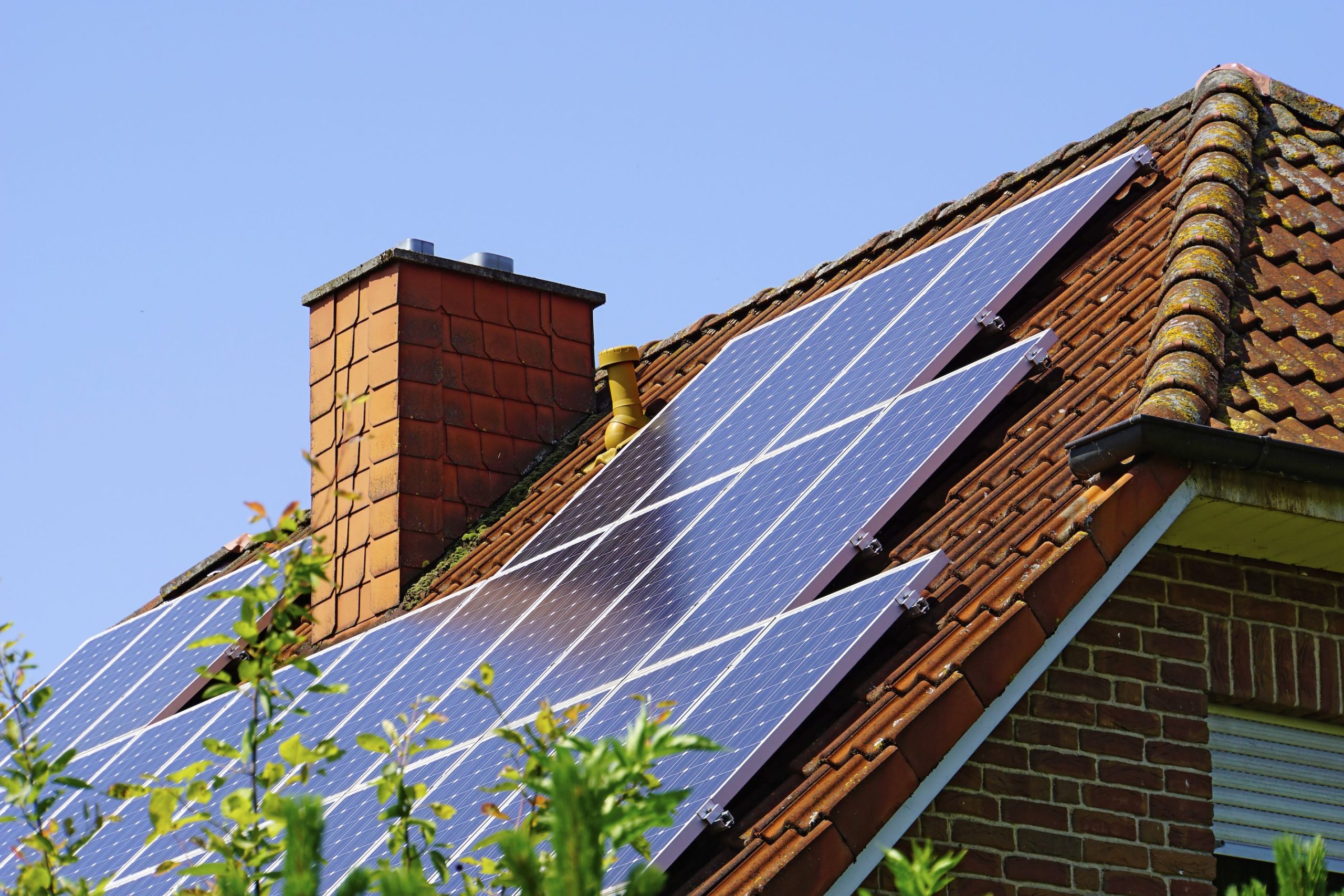With environmental concerns taking center stage in today’s world, prioritizing sustainable practices within our homes has become imperative. Among the various areas that demand our attention, our home’s electric system holds great potential for positive change. We can drastically lower our carbon footprint and support a more ecologically friendly way of life by making wise decisions and putting eco-conscious solutions into practice. This article outlines a series of doable actions that you may do to make your home’s electrical system a green powerhouse.
Assessing Energy Consumption:
Before embarking on the journey toward a more sustainable home electric system, it’s essential to gain a clear understanding of your current energy usage patterns. Conducting an energy audit will help you identify areas of excessive consumption. By analyzing electricity bills, pinpointing energy-hungry appliances, and assessing insulation and sealing, you’ll be equipped to make informed decisions for enhancing your electric system’s sustainability.
Optimizing Lighting Solutions:
Lighting is responsible for a sizeable amount of a home’s energy use. Make the move to energy-saving LED or CFL lights from conventional incandescent ones. Opt for led drop ceiling lights to reduce electricity bills. There is less need for regular replacements because LEDs use less energy and have longer lifespans. Additionally, consider the installation of motion sensors and dimmer switches to ensure lights are active only when needed and functioning at optimal levels, thus further reducing energy usage.
Transitioning to Energy-Efficient Appliances:
The modern market offers a range of energy-efficient appliances designed to conserve power. When upgrading or replacing appliances, prioritize those endorsed with Energy Star labels. These appliances comply with strict energy efficiency criteria and have been authorized by the Environmental Protection Agency (EPA). By selecting Energy Star goods, you may drastically cut your energy use and lessen your influence on the environment. These products range from lightbulbs and thermostats to refrigerators and washing machines.
Harvesting Solar Energy:
Embracing solar power stands out as a powerful means to make your home electric system eco-friendly. Installing solar panels on your roof empowers you to generate your electricity, diminishing reliance on fossil fuels and minimizing carbon emissions. While the initial investment may appear substantial, the long-term savings and positive ecological contributions make it a worthwhile endeavor. Moreover, governmental incentives and tax credits may sweeten the deal, making solar energy adoption financially attractive.
Integrating Smart Energy Management:
How we interact with our living spaces has been completely transformed by smart technology. You can effectively monitor energy use by integrating smart outlets, lighting controls, and thermostats. These devices allow remote monitoring and adjustment of energy use, ensuring that lighting, appliances, and heating/cooling systems operate only when necessary. This level of control not only reduces energy bills but also minimizes waste, making your electric system more sustainable.
Enhancing Insulation and Sealing:
Creating an energy-efficient electric system extends beyond gadgets and appliances. Adequate insulation and sealing play a vital role in maintaining indoor comfort without overreliance on heating or cooling systems. By ensuring proper insulation and sealing gaps around doors, windows, and ducts, you effectively prevent energy loss, relieving strain on your electric system and enhancing its overall sustainability.
Exploring Energy Storage Solutions:
The integration of energy storage solutions, such as home batteries, can amplify your electric system’s sustainability. These batteries store excess energy generated from renewable sources like solar panels, enabling their utilization during peak demand periods or when sunlight is scarce. Energy storage systems offer not only backup power but also the opportunity to maximize clean energy usage, thereby creating a more environmentally friendly home.
Mitigating Phantom Loads:
Phantom loads, often referred to as vampire loads, denote the energy consumed by electronic devices in standby mode. Such devices continue drawing power even when inactive, contributing to unnecessary energy consumption. Combat this issue by unplugging chargers, gaming consoles, and other electronics when not in use. Alternatively, employ smart power strips that automatically disconnect power to dormant devices.
Building a green and sustainable home electric system is a noble endeavor that will help both your family and the environment. You may significantly reduce your carbon footprint and support a future that is more ecologically conscious by implementing energy-efficient equipment, incorporating renewable energy sources, and embracing smart energy management practices. Each step taken brings you closer to establishing a home electric system that aligns with your values and positively influences the environment. As we collectively tackle climate change, these individual efforts play a pivotal role in shaping a greener world for generations to come
